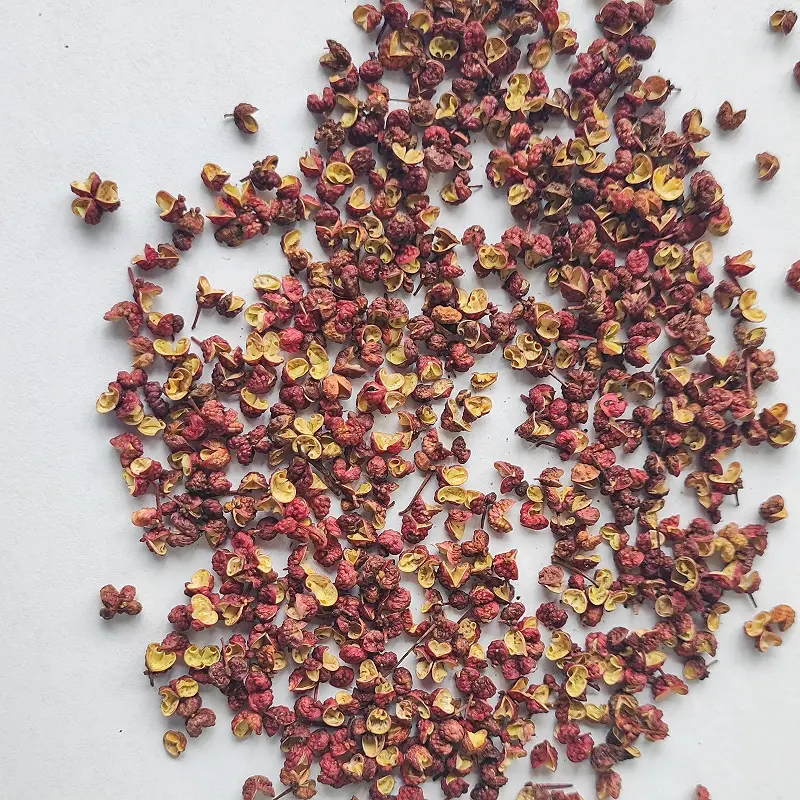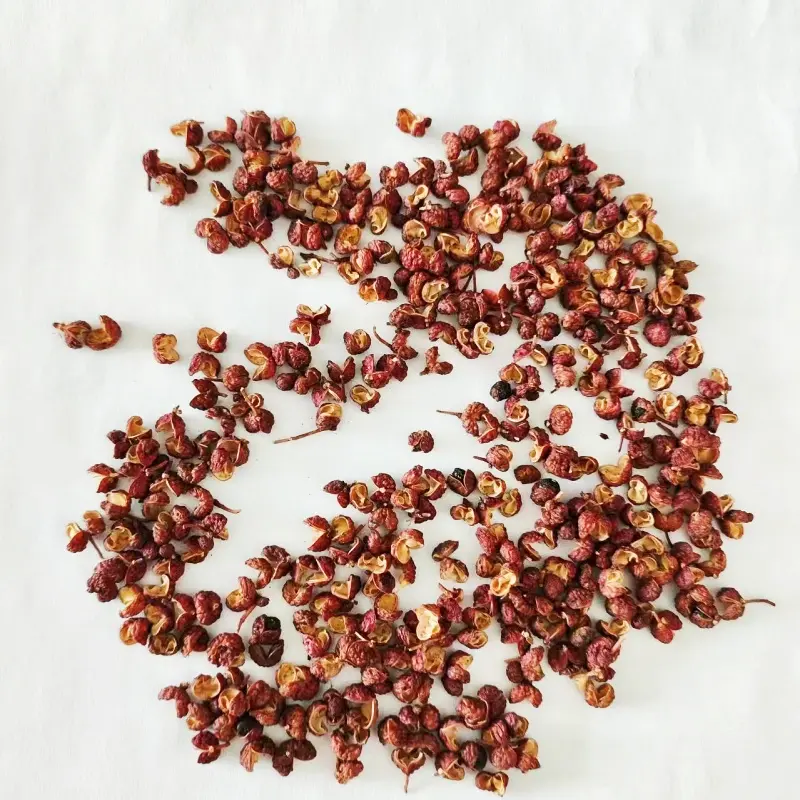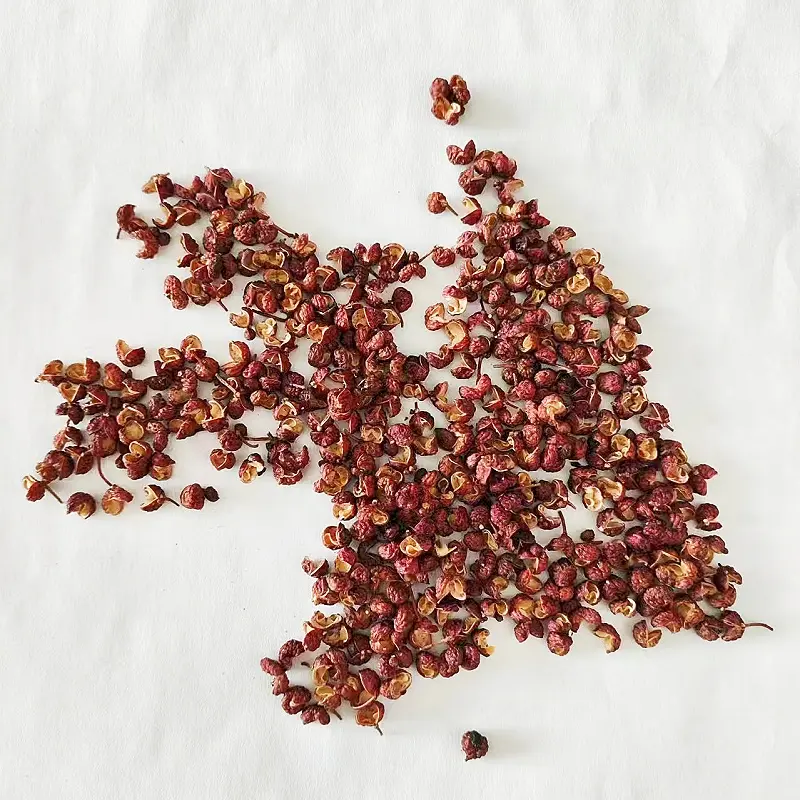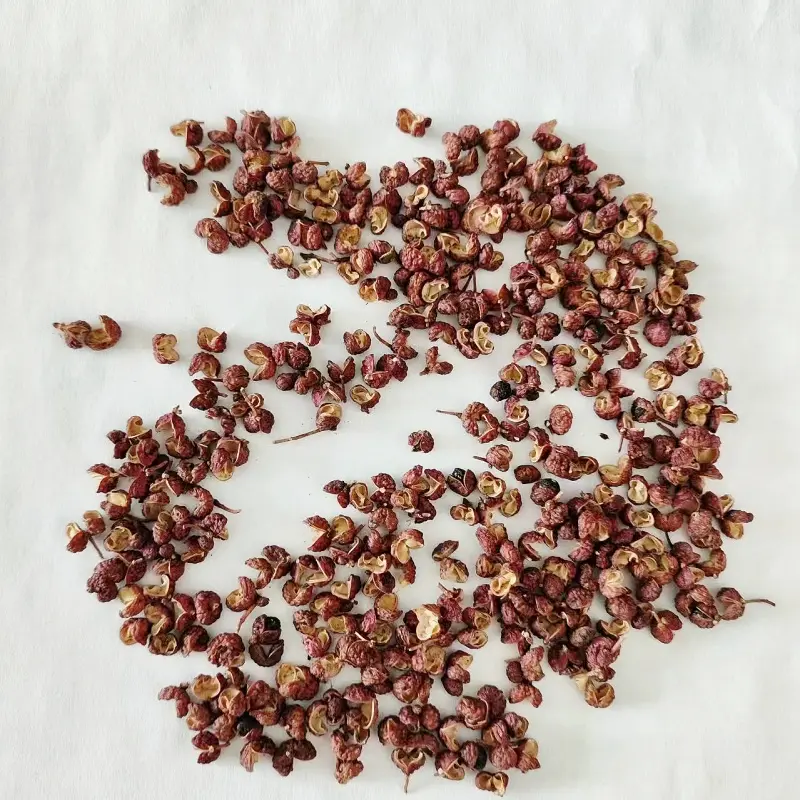Red chili pepper is not strange to housewives.Chili peppers are an indispensable part of many ethnic cuisines that have become intrinsic to the healthy cook’s home repertoire. Chilies are one of the most widely produced and utilized condiments in the world, after salt and black pepper.
Members of the capsicum genus, their flavors range from mild to sweet to explosively hot. There are hundreds of varieties, with inconsistent names and little standardization of labeling. Here are a few basic guidelines to help the curious chili lover:
In general, the smaller the pepper, the hotter it is. Large peppers are generally milder, though there are certain exceptions to that rule. To name a few common varieties, jalapeño, serrano, and cherry peppers are incendiary; Anaheim and poblano peppers are mildly hot to hot. Get to know the varieties your local market carries. Here are a few tips, plus a brief rundown on the aforementioned varieties:
- When using whole chilies, whether fresh, canned, or frozen, remove the seeds before using. They taste extremely hot.
- If you’re going to be handling hot chilies to any great extent for a given recipe, for instance when peeling and chopping them after roasting, wear rubber gloves to prevent skin irritation.
- Frozen chilies, available in Spanish and Mexican groceries, are generally very good and are more economical than canned chilies.
- Canned green chilies (packaged in the Southwest and labeled according to their degree of hotness) are good, but those little 4-ounce cans are rather expensive, and the small portion may be frustrating for chili lovers.
- Use pickled chili peppers for garnish purposes only. Red chili peppers are generally hotter than green chilies.
- All chilies are rich in vitamins A and C. They’re widely credited with having an ability to fight bacteria, and many cultures use them for medicinal purposes. Chilies are extensively used in Mexican, Native American, Indian, Indonesian, African, and Chinese cuisines.
-
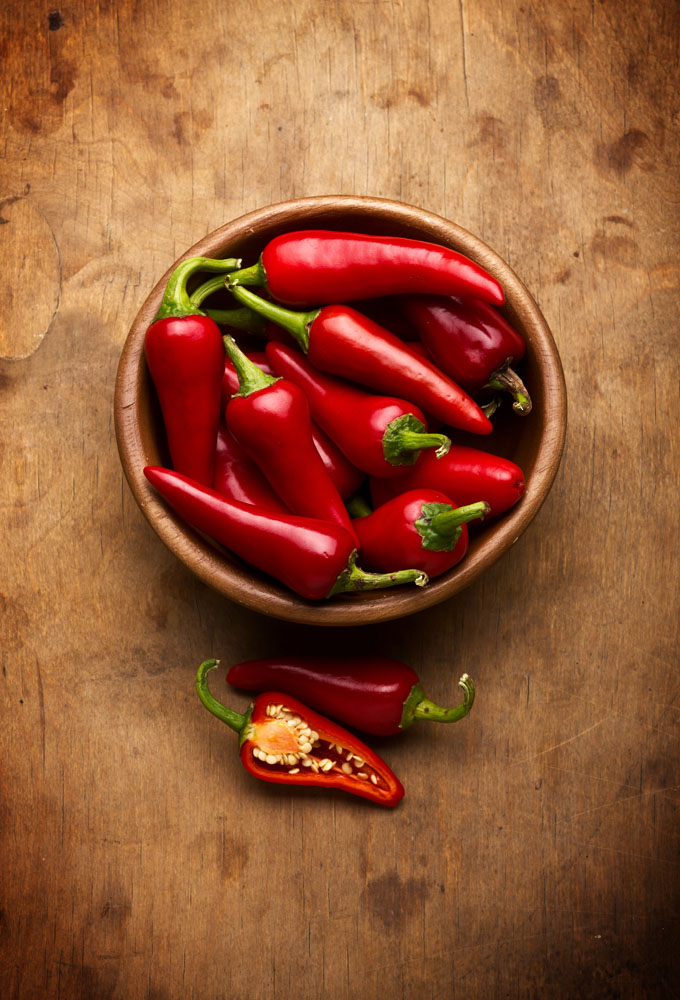
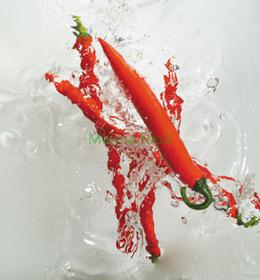
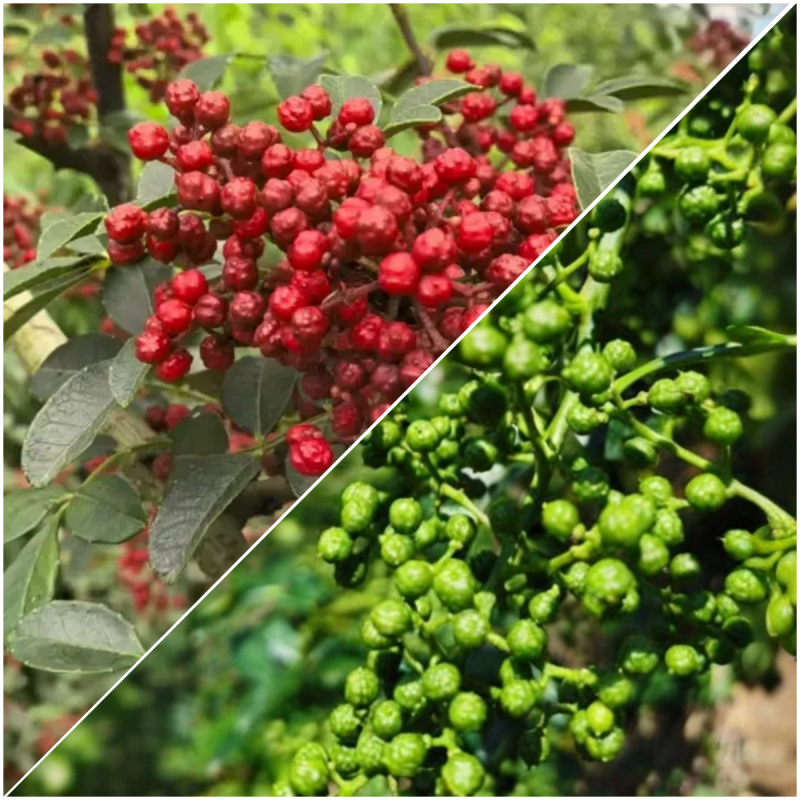
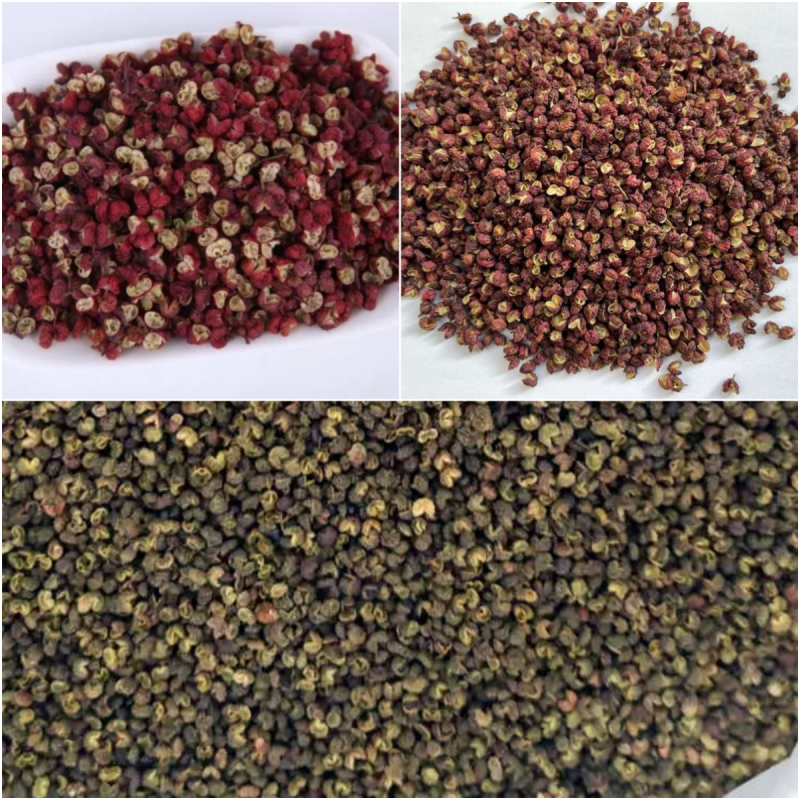
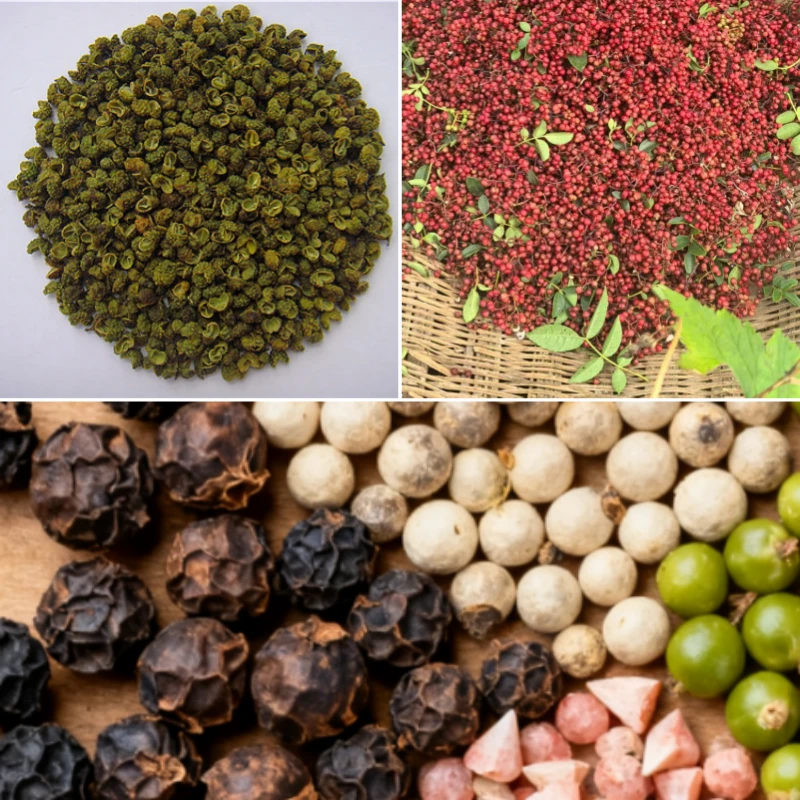
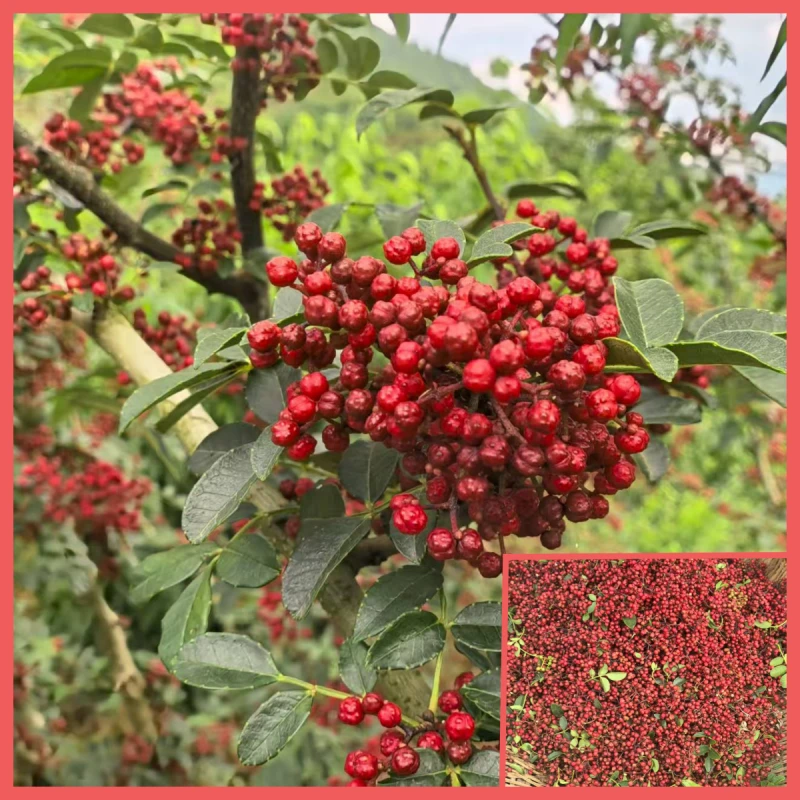
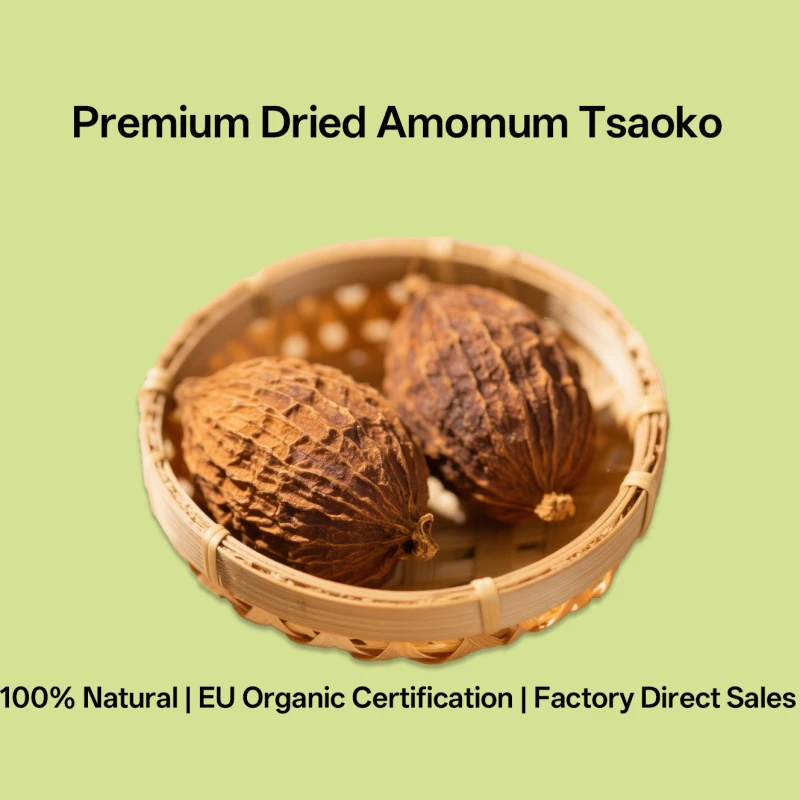
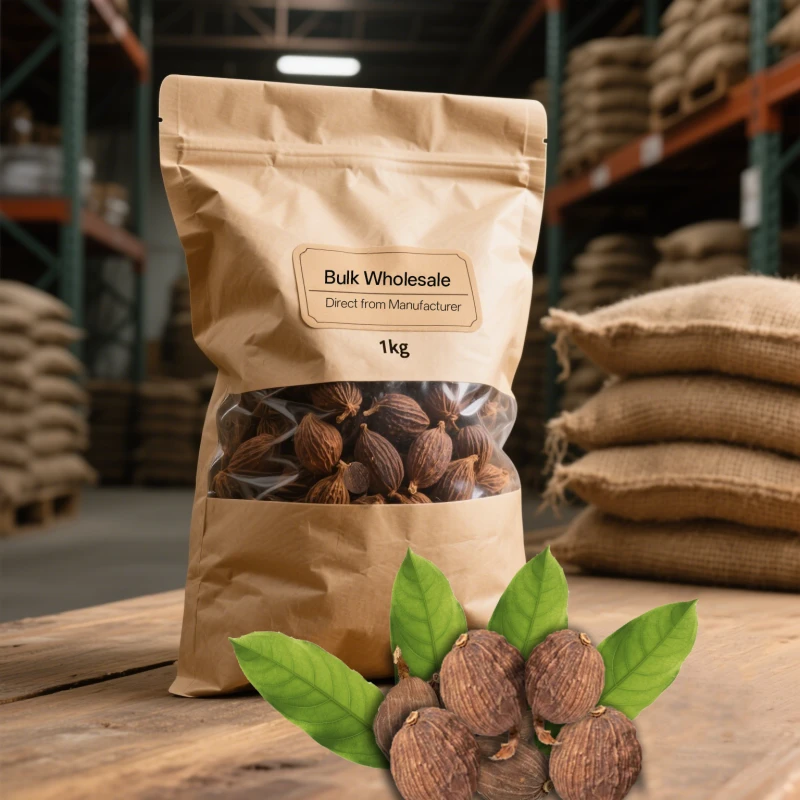
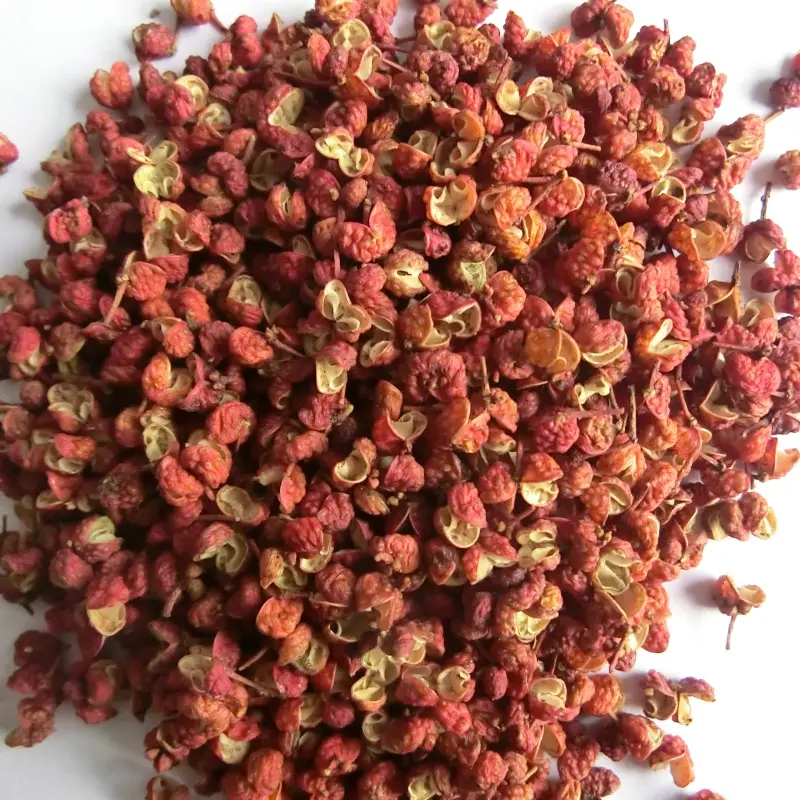
811.webp)
